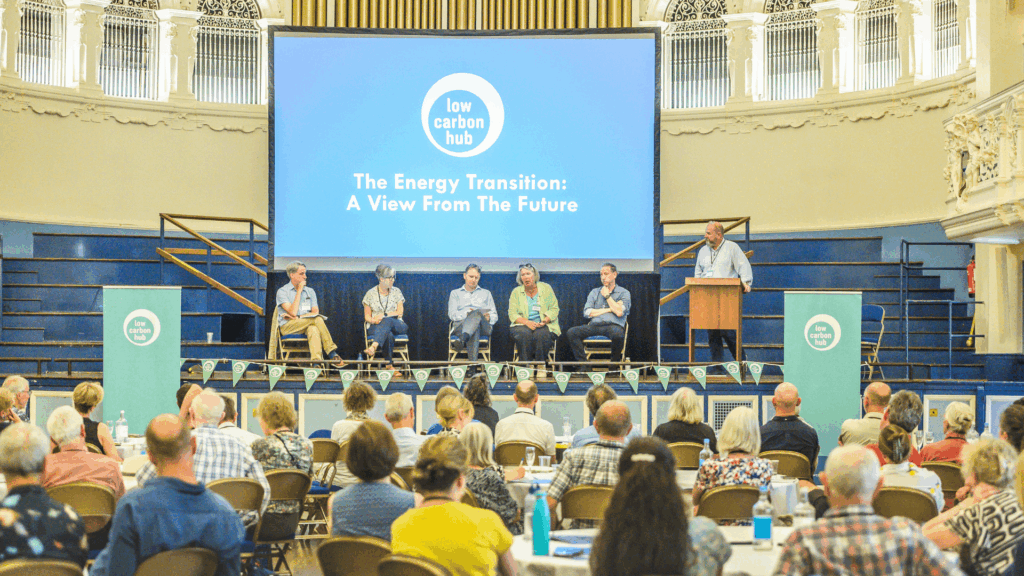
Community at the Heart of the Energy Transition
What will our energy system look like in 10, 20, or 30 years? At our recent event ‘The Energy Transition: A View From The Future’ the panel discussion featuring leading voices from academia, government, and the energy sector addressed just that question. And one message rang clear: the path to net zero is not just about technology, it’s about people.
From decarbonising heat and transport to scaling up solar and community energy, the conversation revealed both the scale of the challenge and the depth of opportunity. Here are some of the key takeaways.
A vision for 2050: efficiency, electrification, and engagement
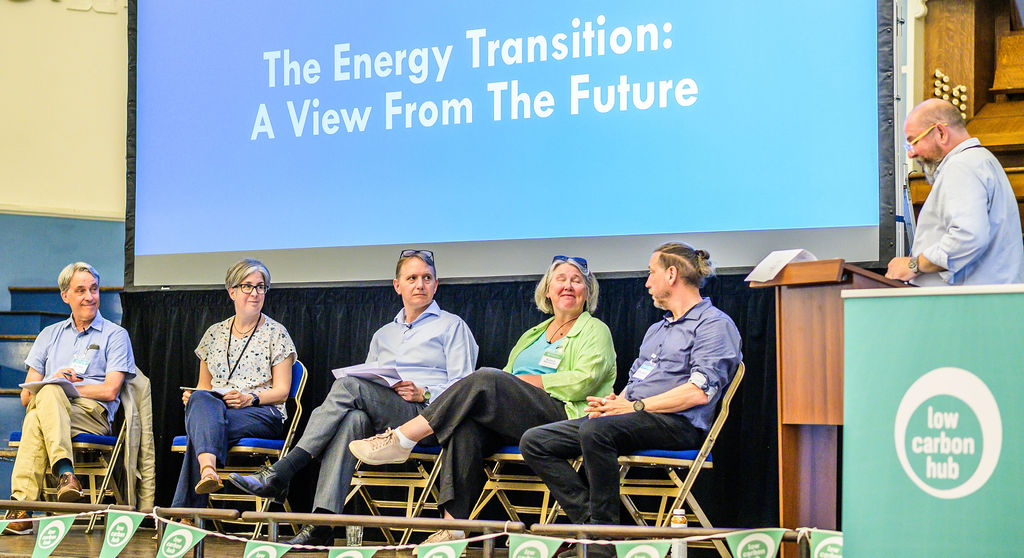
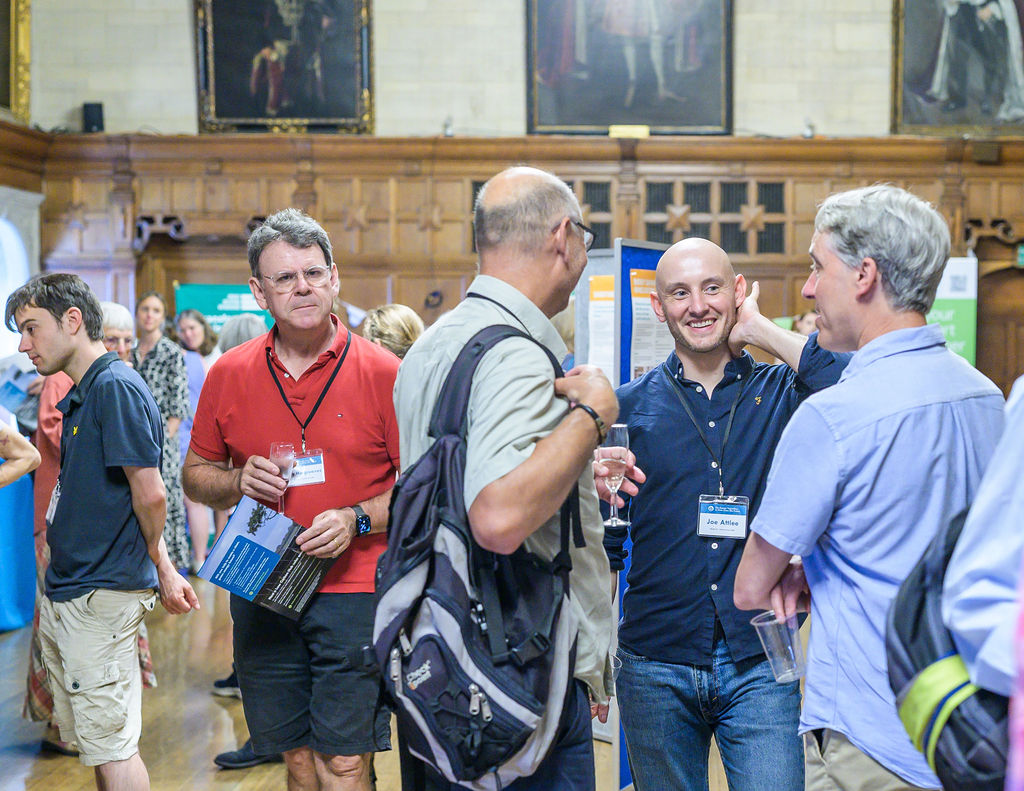
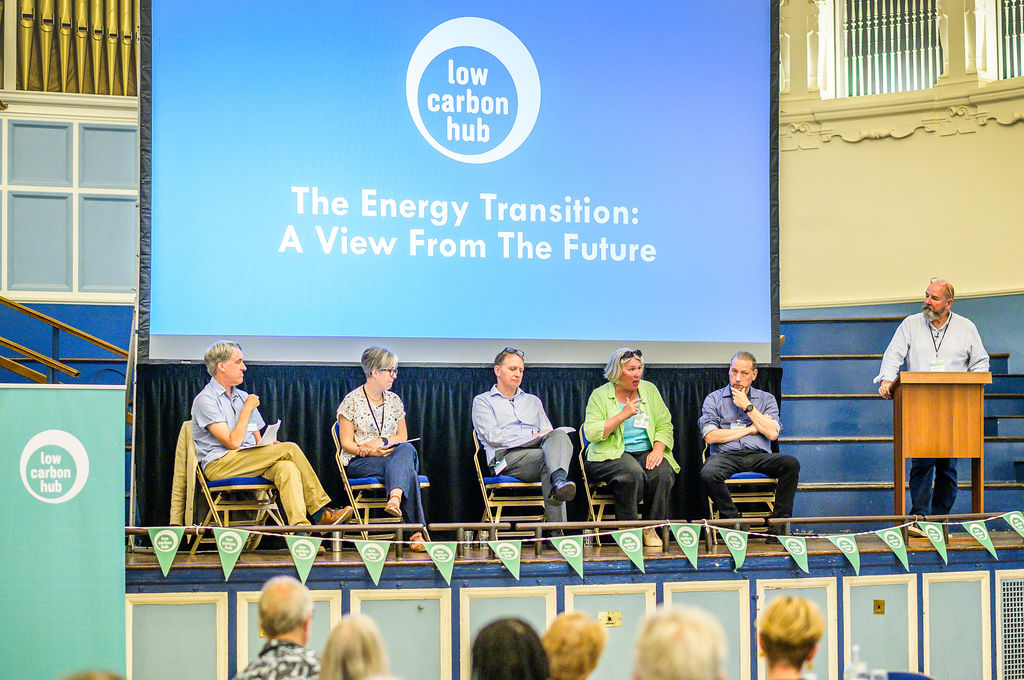
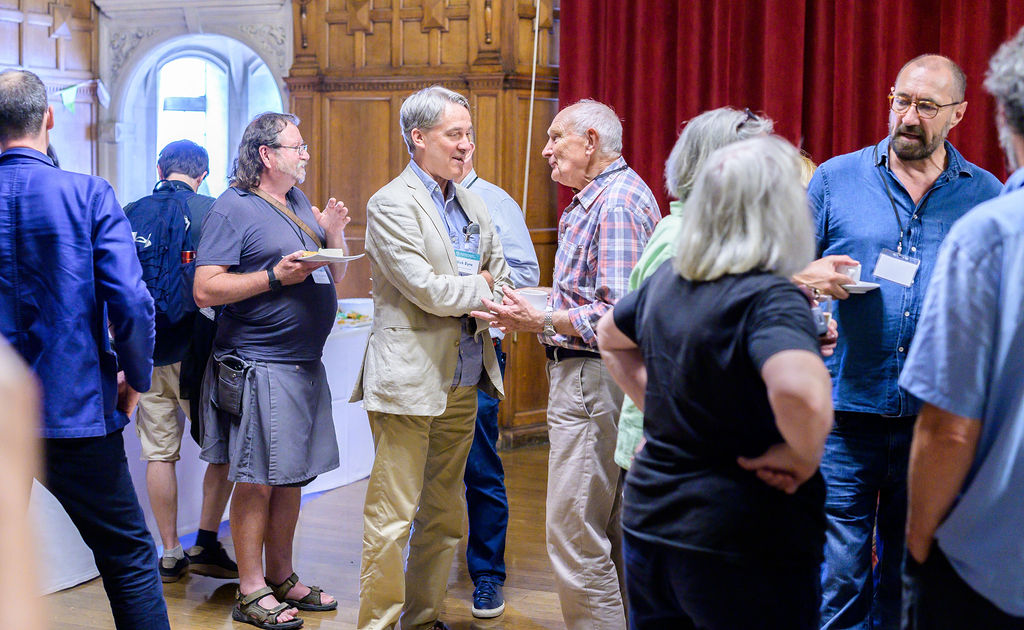
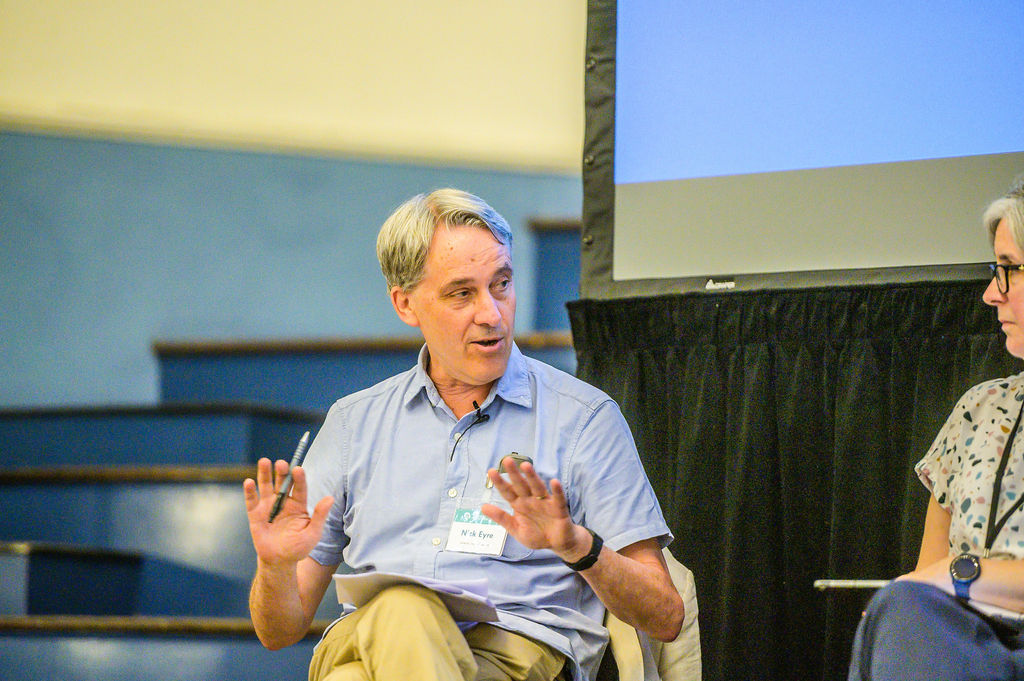
Nick Eyre painted a picture of a future driven by two key elements: technological advancement and social change. On the tech side, energy efficiency and renewables will continue to be driving forces. Electrification, particularly of heat and transport, is central to this vision.
With heat pumps and electric vehicles, a single unit of electricity can displace three to four units of fossil fuel, showing just how powerful electrification can be.
But the bigger hurdle may be social. Community engagement, not just acceptance, is the challenge ahead.
This time, it’s not just about accepting big solar farms. It’s about changing your home, your vehicle.
Nick Eyre, University of Oxford
As we shift from accepting infrastructure to actively engaging with it, communities will play a pivotal role in shaping the transition.
Community energy: policy to practice
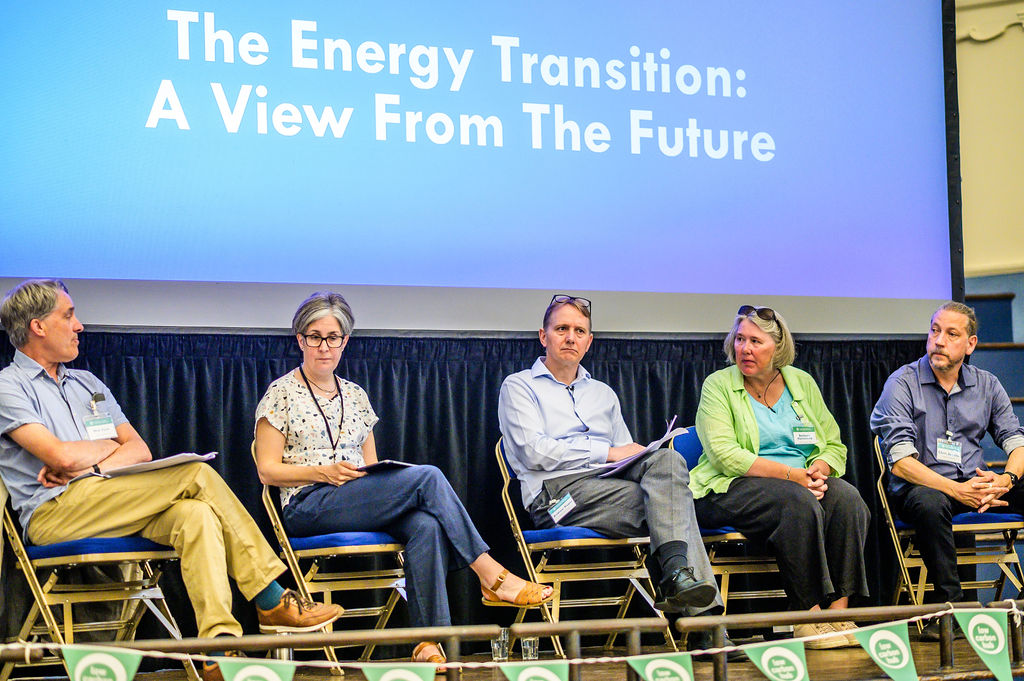
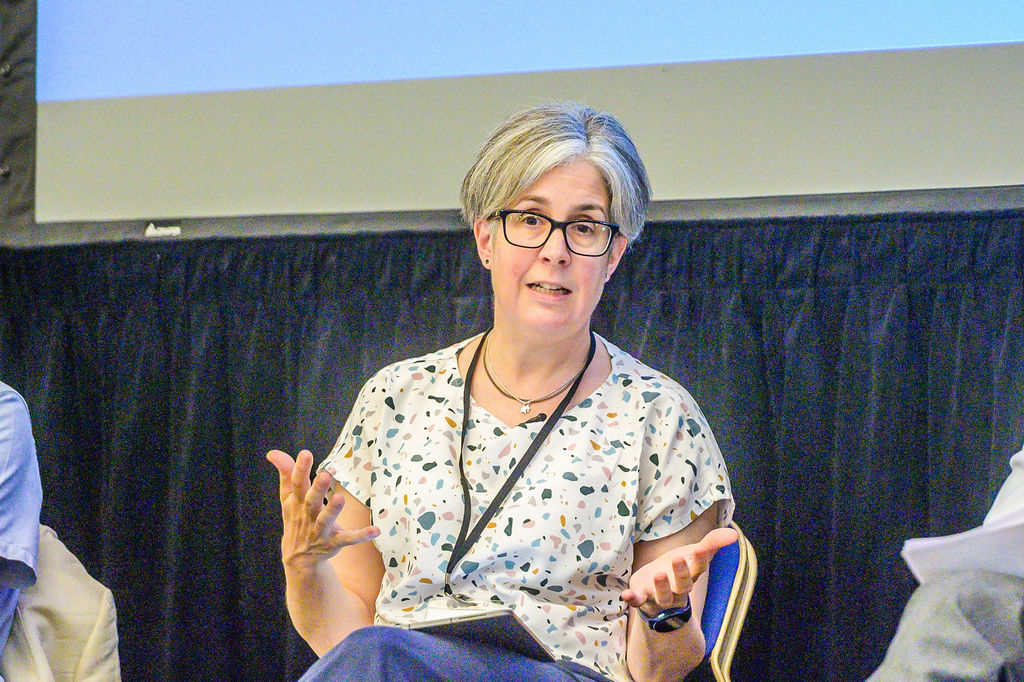
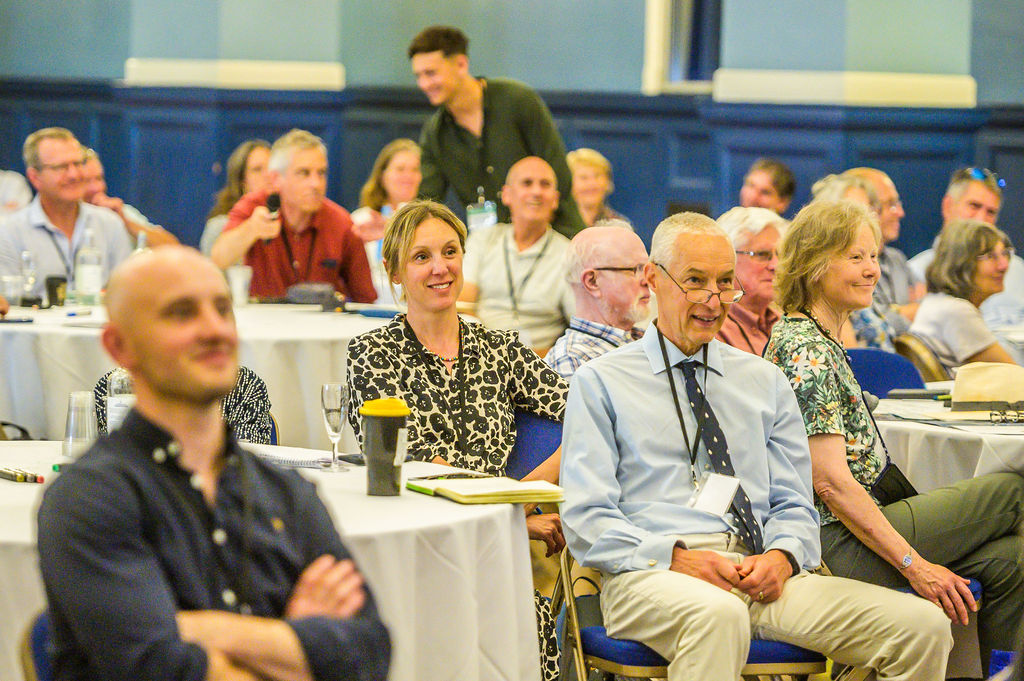
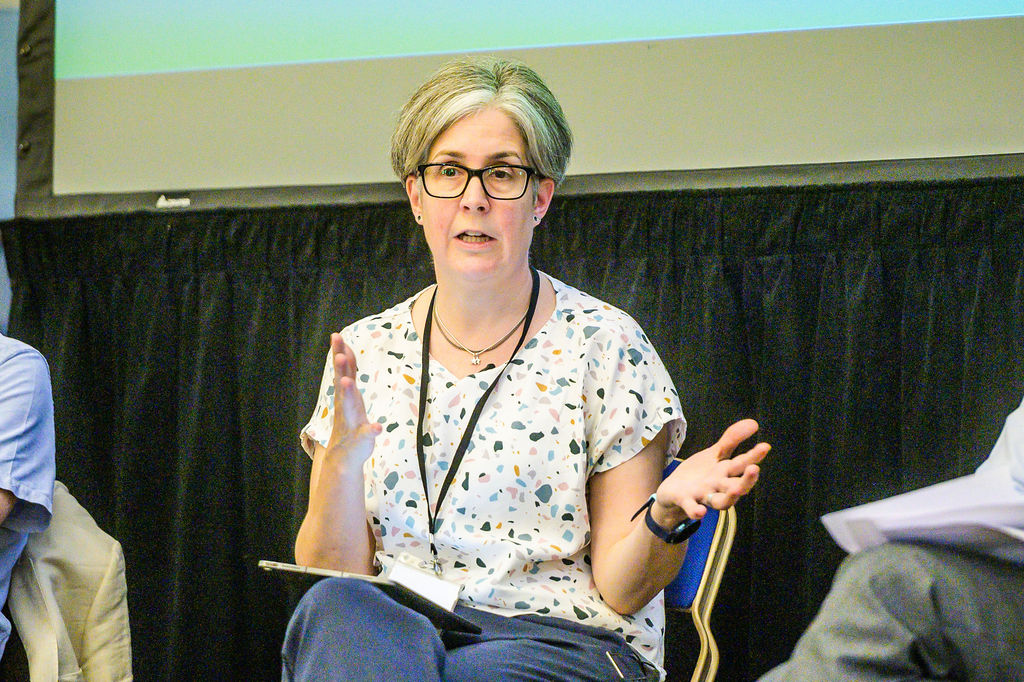
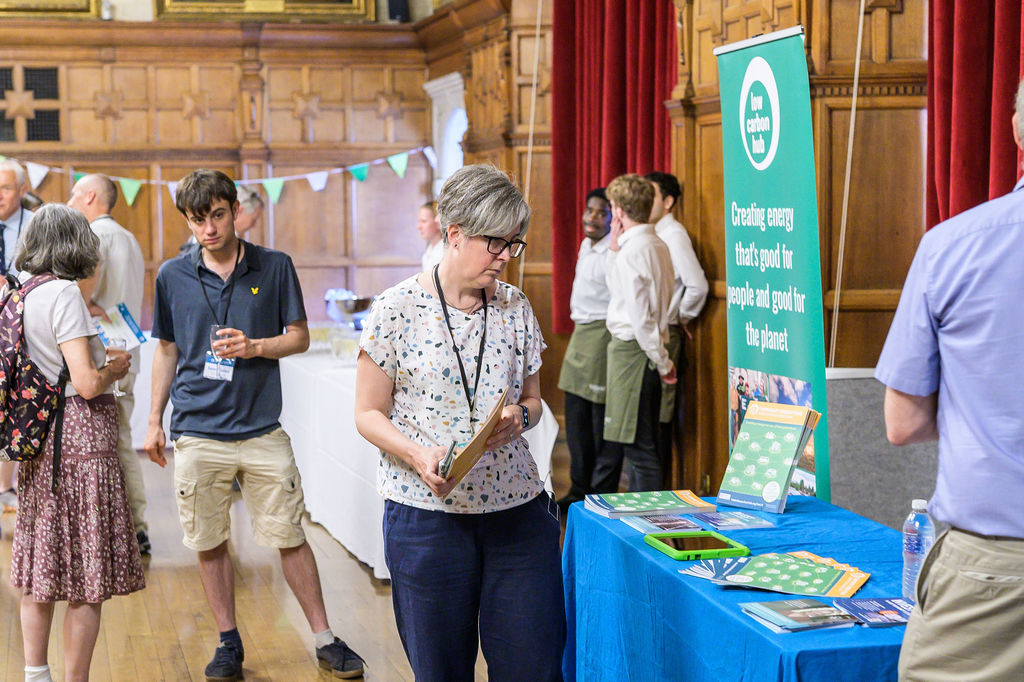
Helen Seagrave, representing GB Energy (the government’s publicly-owned renewable energy developer), outlined the government’s commitment to expanding public and community ownership of renewables. The Local Power Plan, due to be published later this year, aims to:
- Build capacity in local authorities and communities
- Unlock funding and finance to support projects
- Remove policy barriers to small-scale generation
We want people to feel the benefits, not just through lower bills, but through healthier, warmer homes and stronger local economies.
Helen Seagrave, GB Energy
The grid of the future: flexibility and fairness
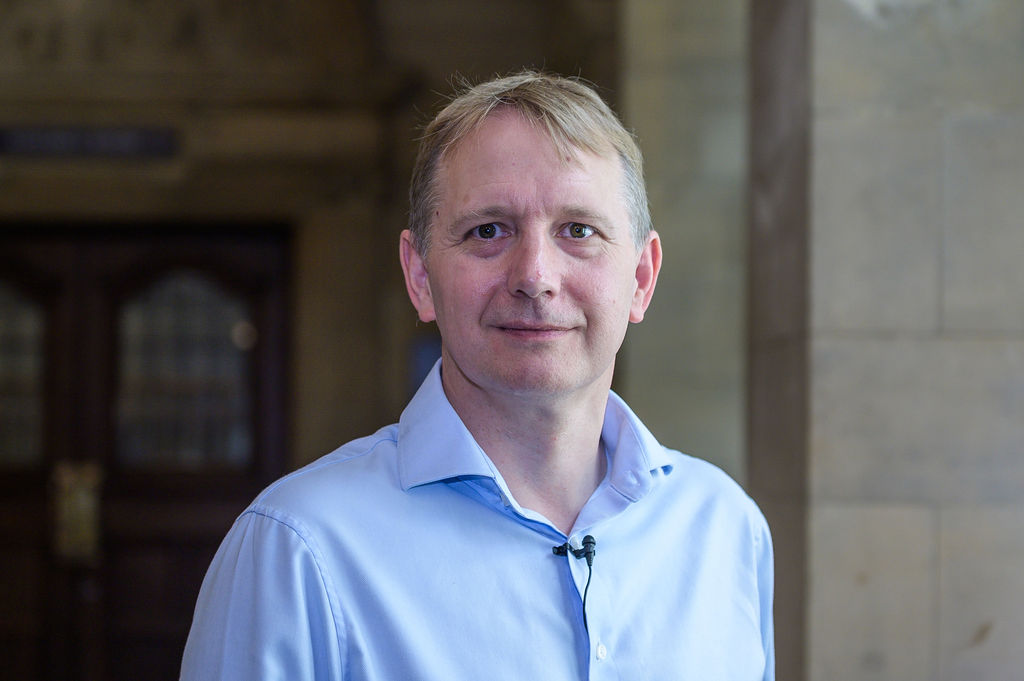

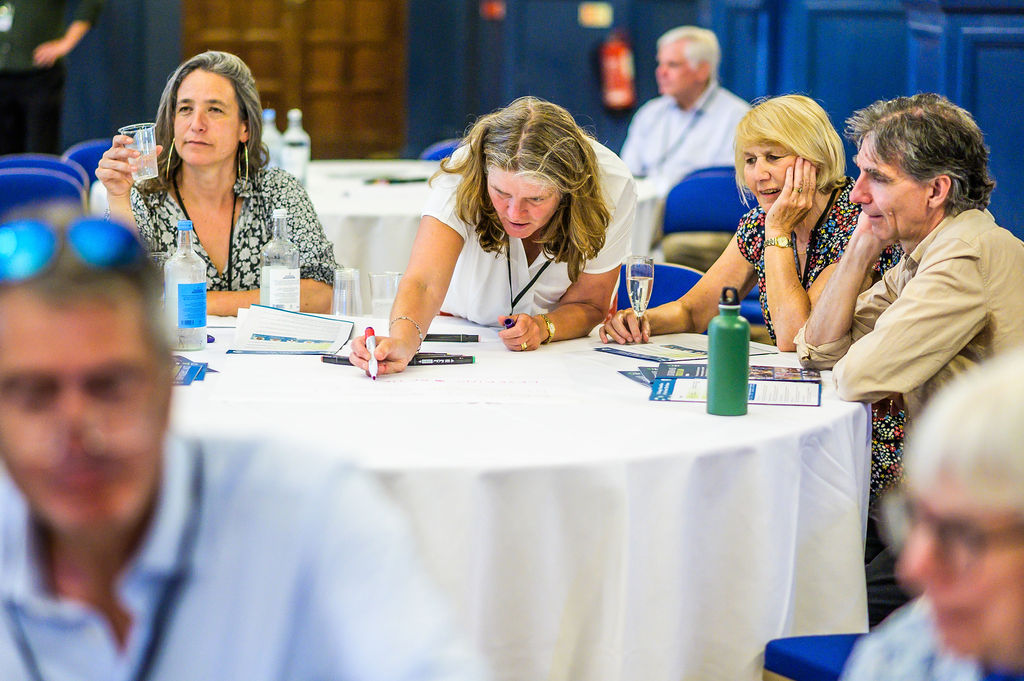
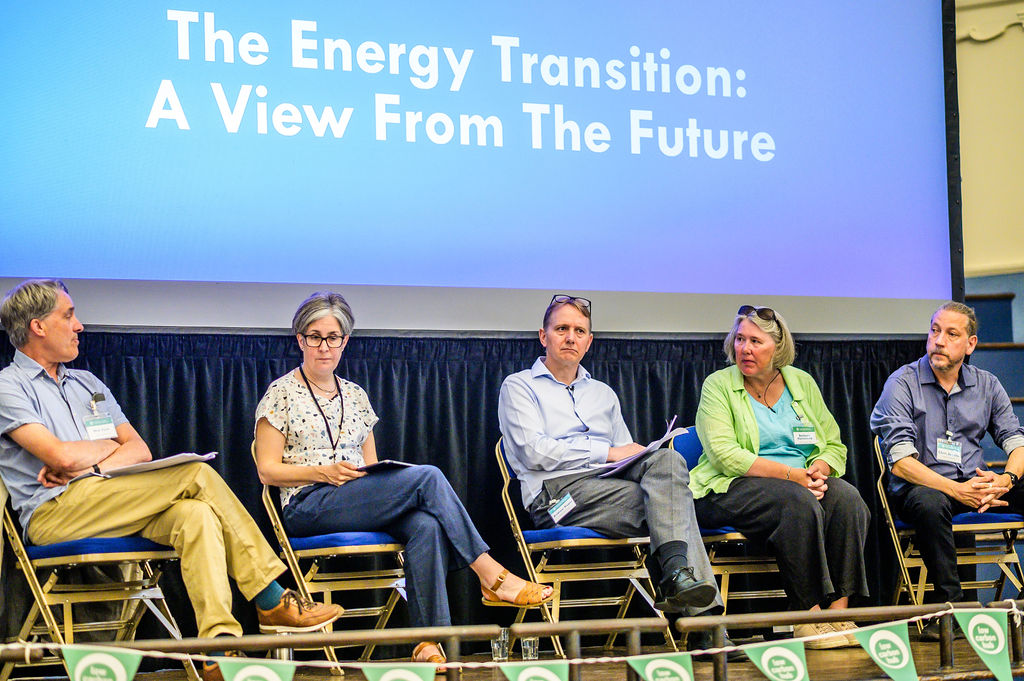
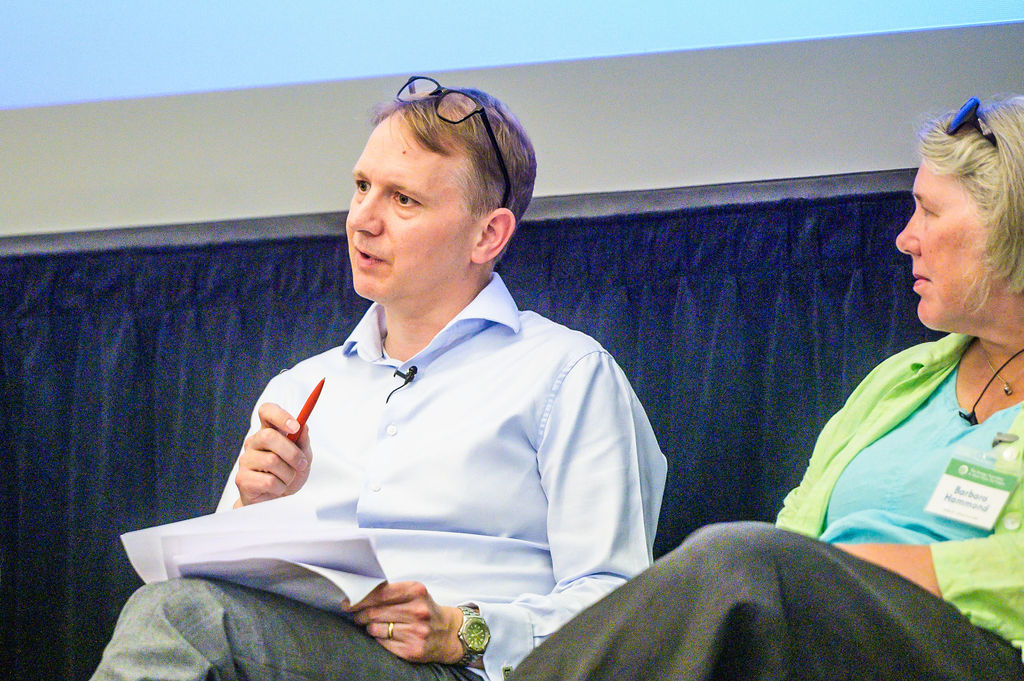
Andrew Roper of SSEN highlighted the urgent need to upgrade distribution networks and unlock consumer-led flexibility (meaning moving energy use to times when there’s lots of electricity on the network e.g. turning your devices on at times of peak solar generation, something we talked a lot about during Project LEO).
The scale is ambitious: 45 GW of solar is needed on the network by 2030 – we currently have two – which highlights the significant opportunities for solar.
He also focused on the need for consumer flexibility by 2030 from the flex available in people’s homes:
The stuff in people’s homes is about 0.4 GW and we need to get to 2.7 GW, so there’s also a big opportunity for innovative consumer participation when we get out to 2030.
Andrew Roper, SSEN
He also stressed the importance of smart meters, time-of-use tariffs, and inclusive infrastructure to ensure everyone, not just the well-resourced, can participate.
Upgrades to the wires and switches that make up our electricity network are much-needed, and Andrew focused on the need to do this strategically: “We have put together a strategic plan out to 2050, which basically means upgrading a portion of the network every year.”
Community energy: redefining engagement

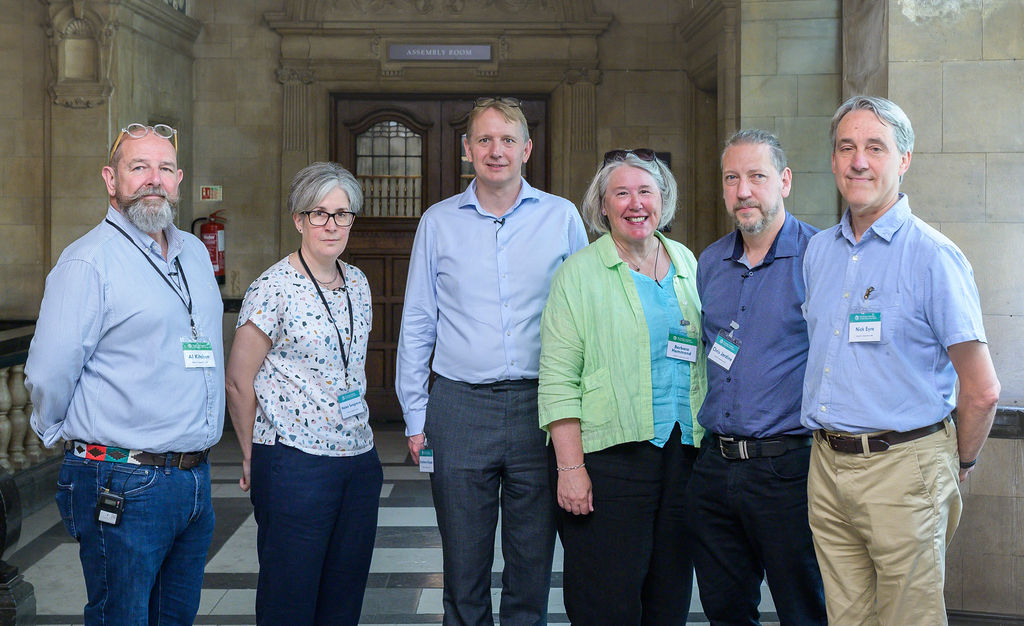
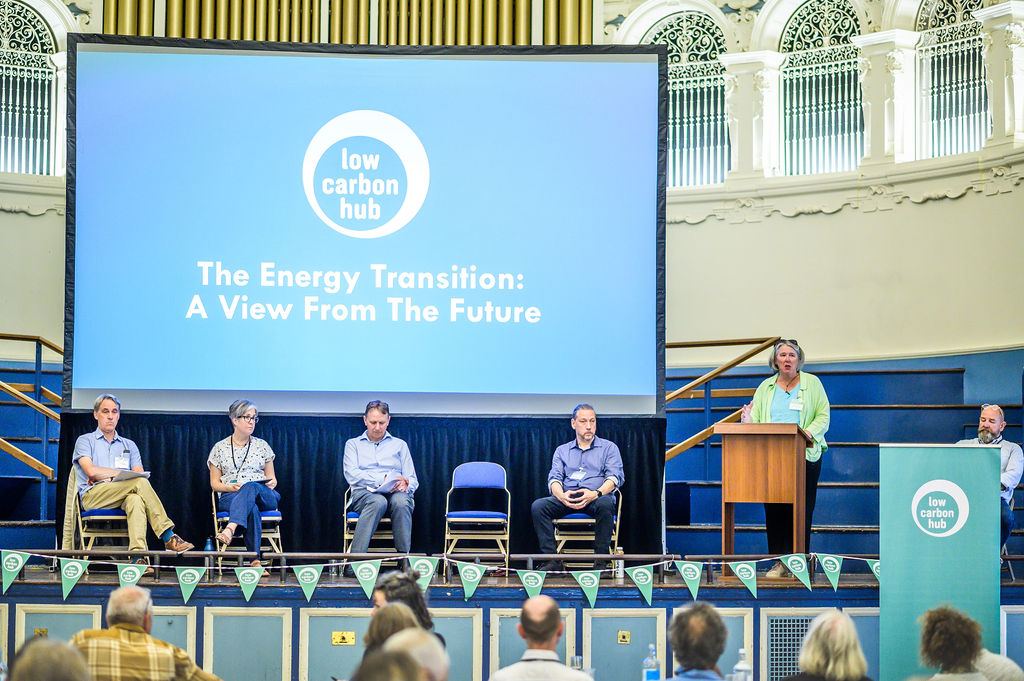
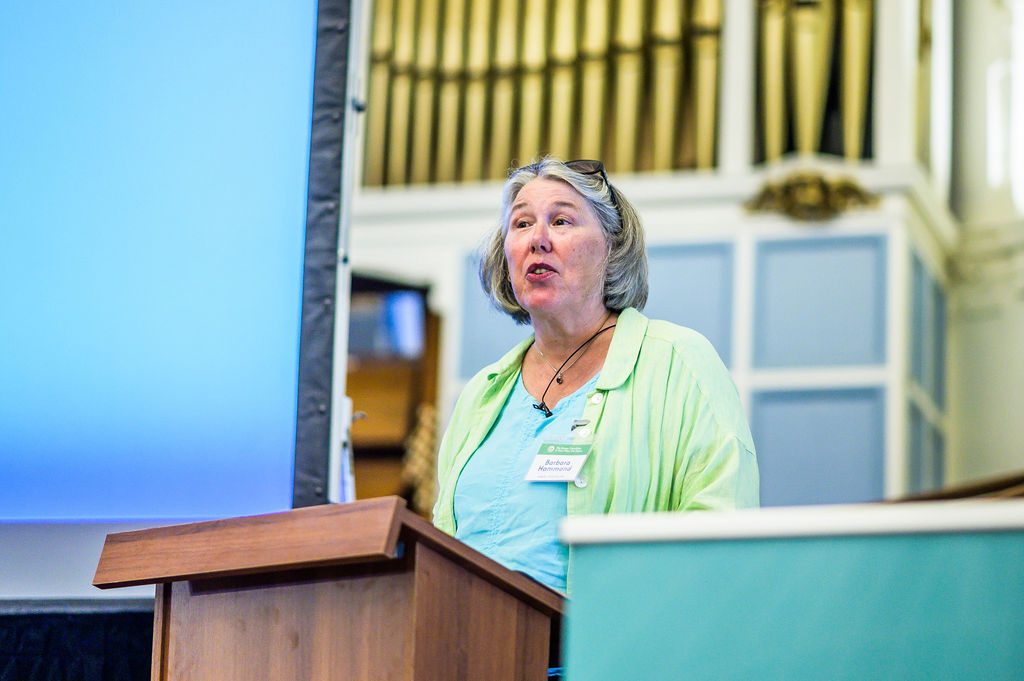
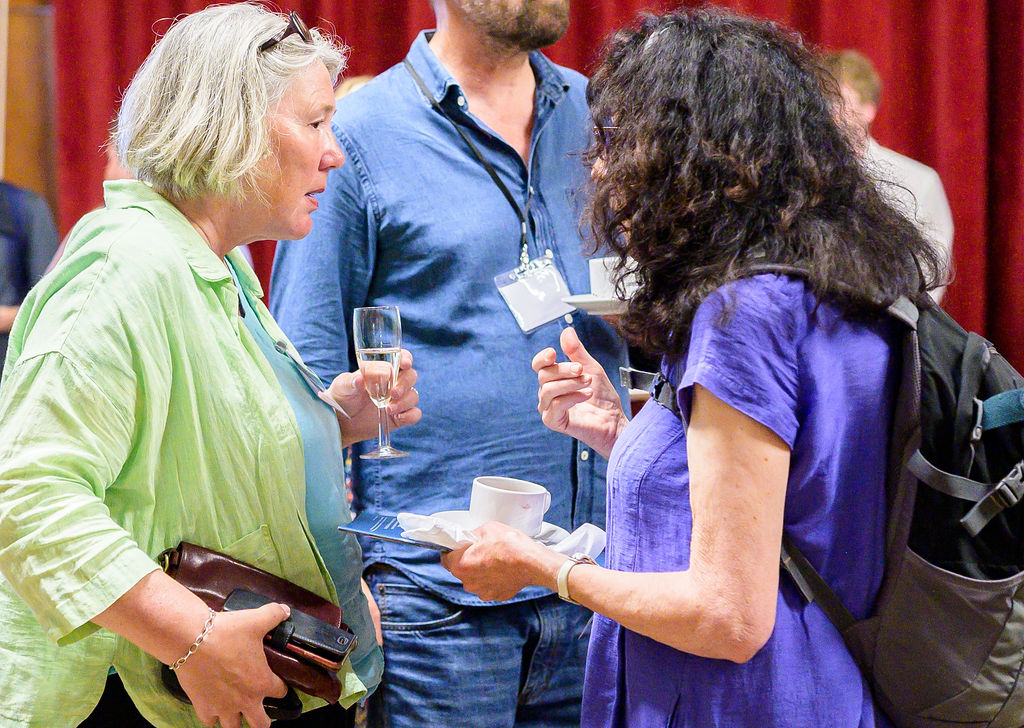
Barbara Hammond stressed that traditional community energy models may not reach the people who need them most. Vulnerable, fuel-poor, or socially marginalised groups often fall outside the reach of current efforts.
She called for deeper outreach into underserved communities, smarter mapping of vulnerability and fuel poverty, and a shift from “what we’re comfortable with” to what’s truly equitable.
If we’re going to redefine energy, we have to redefine how we do engagement. If it’s not fair and equitable, it’s not a solution that will work.
Barbara Hammond, Low Carbon Hub
Solar’s journey and challenges
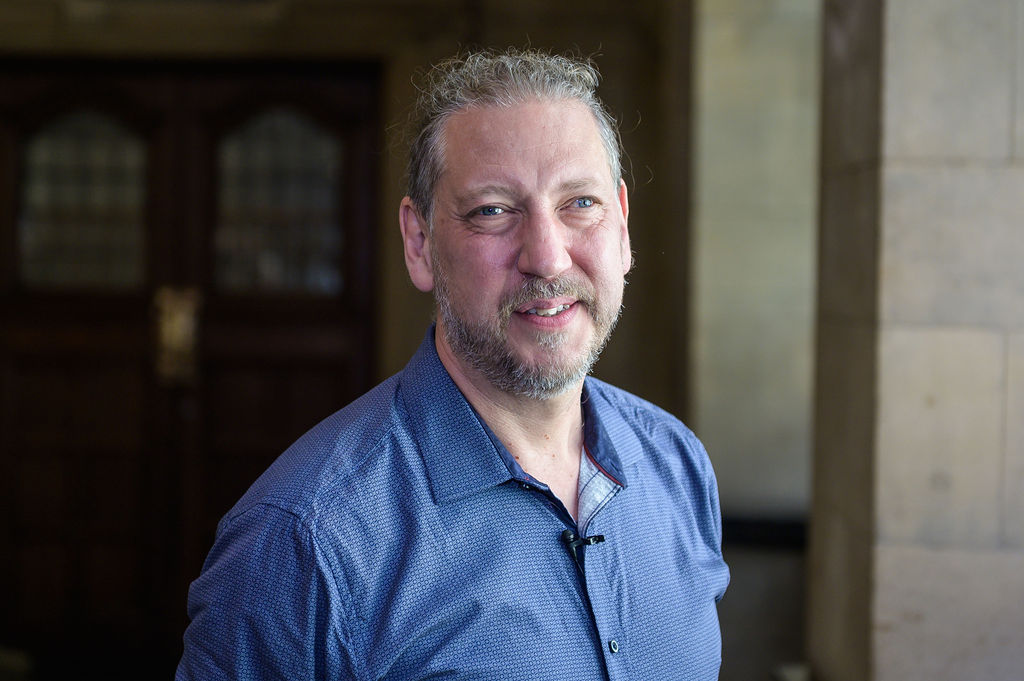

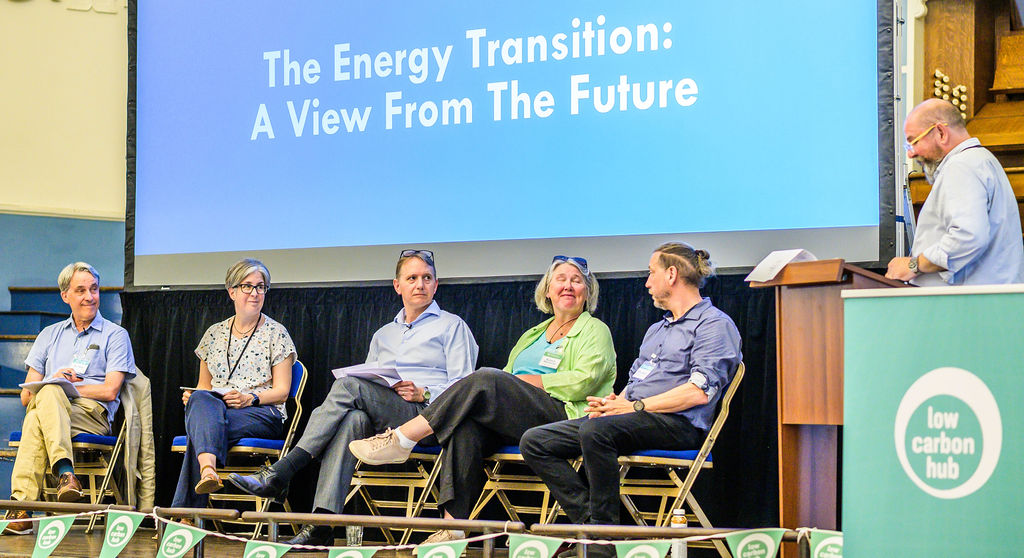

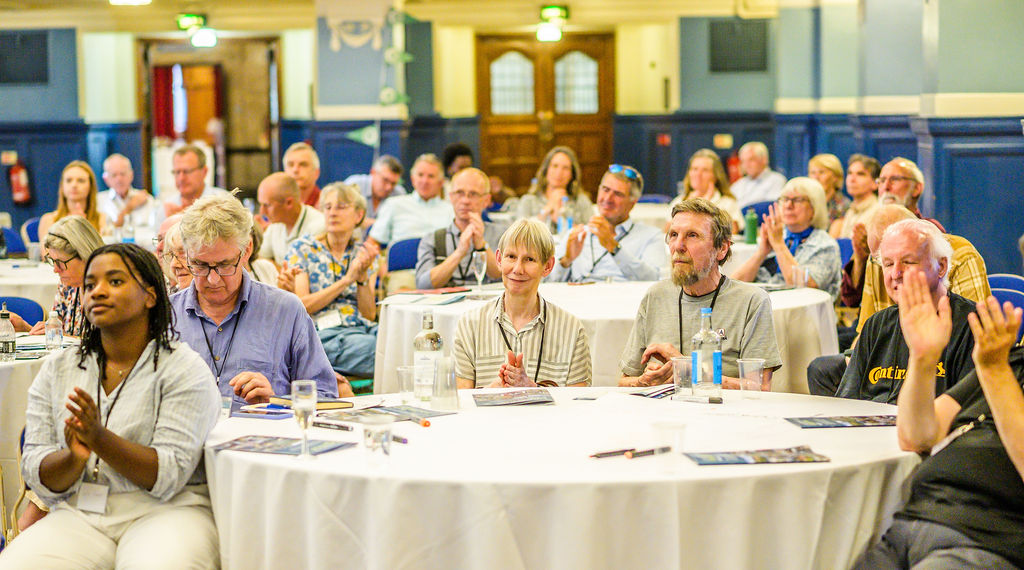
Chris Jardine from Oxford University celebrated solar’s meteoric rise in efficiency and affordability: “solar panels are now cheaper than fence panels!”. But warned of the need to manage variability and inter-seasonal mismatches. To address this, a mix of solar and wind, bolstered by battery storage, is essential to the energy future he argued.
He also posed a provocative question:
“If solar is being built at scale, is rooftop PV on homes still the best first step? Or should we focus on what only individuals can do, like installing heat pumps?”
Chris Jardine, University Of Oxford
Energy equity: making it fair
Throughout the discussion, the question of fairness was returned to several times – such as the inherent unfairness of paying more for electricity on a prepayment meter.
Looking at how to address energy equity, a few solutions were mentioned:
- Smart tariffs and access to smart meters can help lower energy bills
- Shared ownership and improved community benefits from large-scale renewables help bridge the gap of
- More partnership working is essential – SSEN, GB Energy, and communities can work together to plan for a coordinated upgrade of the network across our streets to the greatest benefit possible.
From the audience came a question on ‘what can we ask from our MPs’:
The panellists had a clear response:
- Push for fair market access for small-scale generators
- Advocate for regulatory reform to support community energy
- Demand clarity and be specific on what net-zero targets mean in practice: no new gas boilers or fossil-fuel vehicles from now on.
Six-word visions
The event closed with six-word summaries from the panel including:
- Nick Eyre: “Renewables, efficiency, electrification, community.”
- Barbara Hammond: “Community, community, community, community, community, community.”
What’s next?
This conversation underscored that whilst technology and the amount of gigawatts generated is a key part of how we will delivery a net zero energy transition, it’s also about how people and communities will engage with that new energy system, and crucially how to make sure everyone is included.
This is all going to boil down to what actual people do, so communities have been and will continue to be really important.
Barbara Hammond, Low Carbon Hub
